Researchers use heat and salt to extract it from plant matter.
It’s nearly twice as efficient as conventional methods.
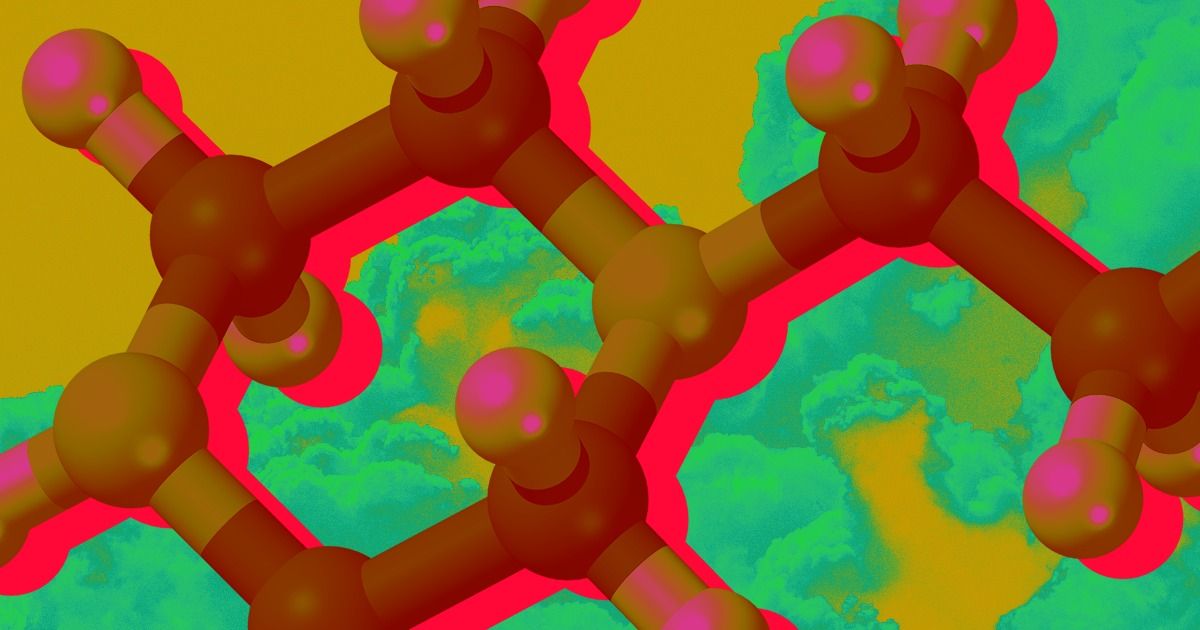
Researchers use heat and salt to extract it from plant matter.
It’s nearly twice as efficient as conventional methods.
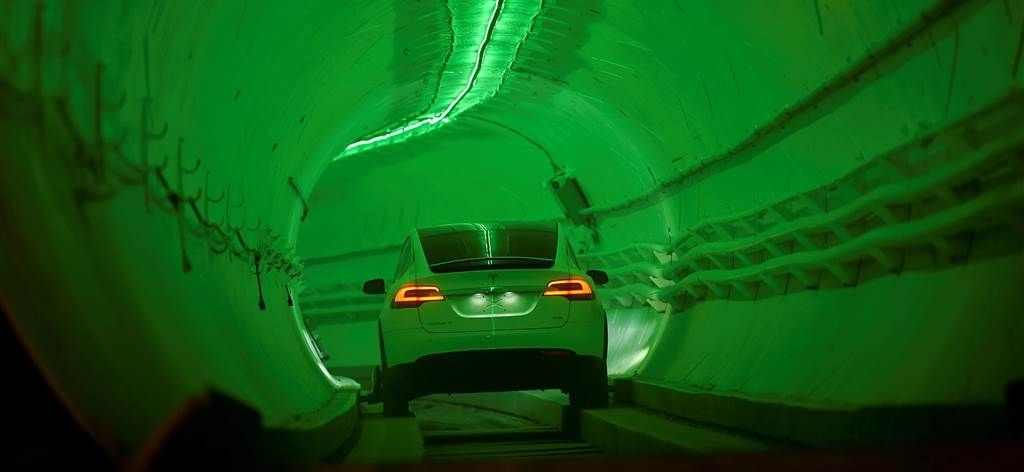
The Loop system from his adjacent Boring Company startup, once up and running, would take vehicles underground on an elevator and then send them zipping along a track to their destination.
An earlier concept of public-transportation-like “skates” based on Tesla chassis was abandoned, apparently, in favor of regular Teslas with the enhanced wheels. Those who tried the tunnel described a very bumpy ride at less than optimum speeds.
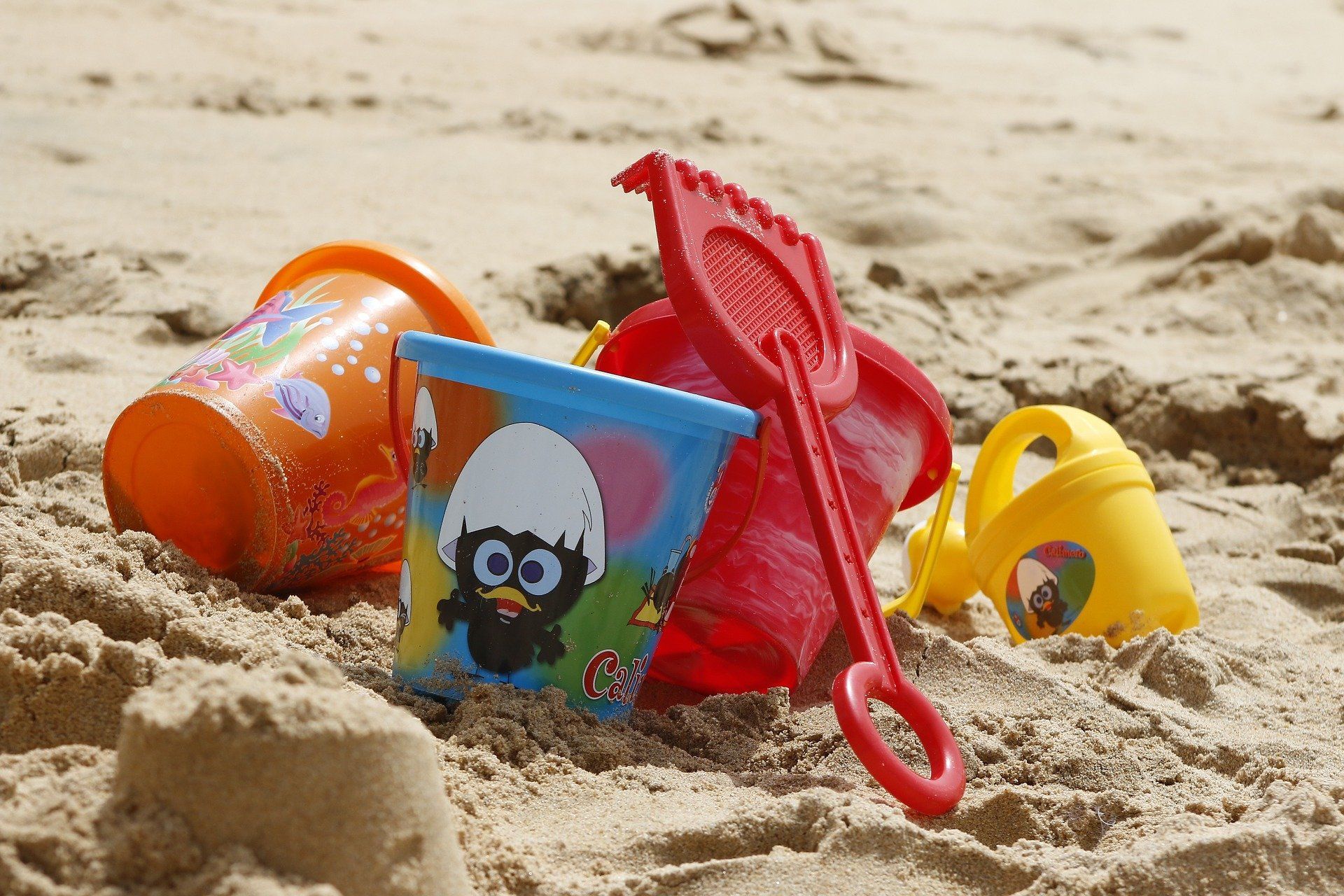
If you asked most people about cadmium they’d probably know very little about it. But it is listed among the World Health Organisation’s ten chemicals of major public health concern, alongside substances such as lead and asbestos. As such, it is concerning to see it in such high quantities in so many household products. The health risk depends on how easily the cadmium can flake off or leach out and additional tests performed indicate that this is greatest for enamelled glassware.
High levels of the carcinogenic chemical cadmium can still be found in everyday household products like second-hand plastic toys, drinking glasses, alcoholic beverage bottles, ceramics and artists’ paints, according to new research by the University of Plymouth.
Cadmium was commonly used to give products a bright red, orange or yellow pigment, but over time the decoration on glass can start to flake and the glaze on ceramics fail.
Writing in Science of the Total Environment, scientists also suggest it is unintentionally finding its way into glass and other items through the recycling process.

A car made from waste plastic has been forced to abort its mission to the South Pole because of bad weather.
Solar Voyager was set to be the first solar-powered expedition to reach Antarctica.
But despite it being Antarctica’s summer, unexpected heavy snow has meant progress has been slow, and now the team have had to turn around.

By many accounts, the Tesla Model 3 is a great car. Sure, it’s needed some work on the body and on fit and finish, but there’s lots of cool engineering behind Tesla’s highest volume offering, including the “Superbottle,” an awesome packaging solution for the cooling system that contains a fun little easter egg.
Last week, I stopped by Munro and Associates, the fascinating company that tears cars apart to find out exactly how they’re built. While there, manufacturing experts showed me the Tesla Model 3’s bizarre-looking coolant bottle, which features a cape-wearing bottle as part of the mold:
Also on the bottle is the text “Superbottle”:

Now that’s what I call a proper recycling facility… 

A new theory tries to explain the mysterious phenomena that exists at the center of black holes.
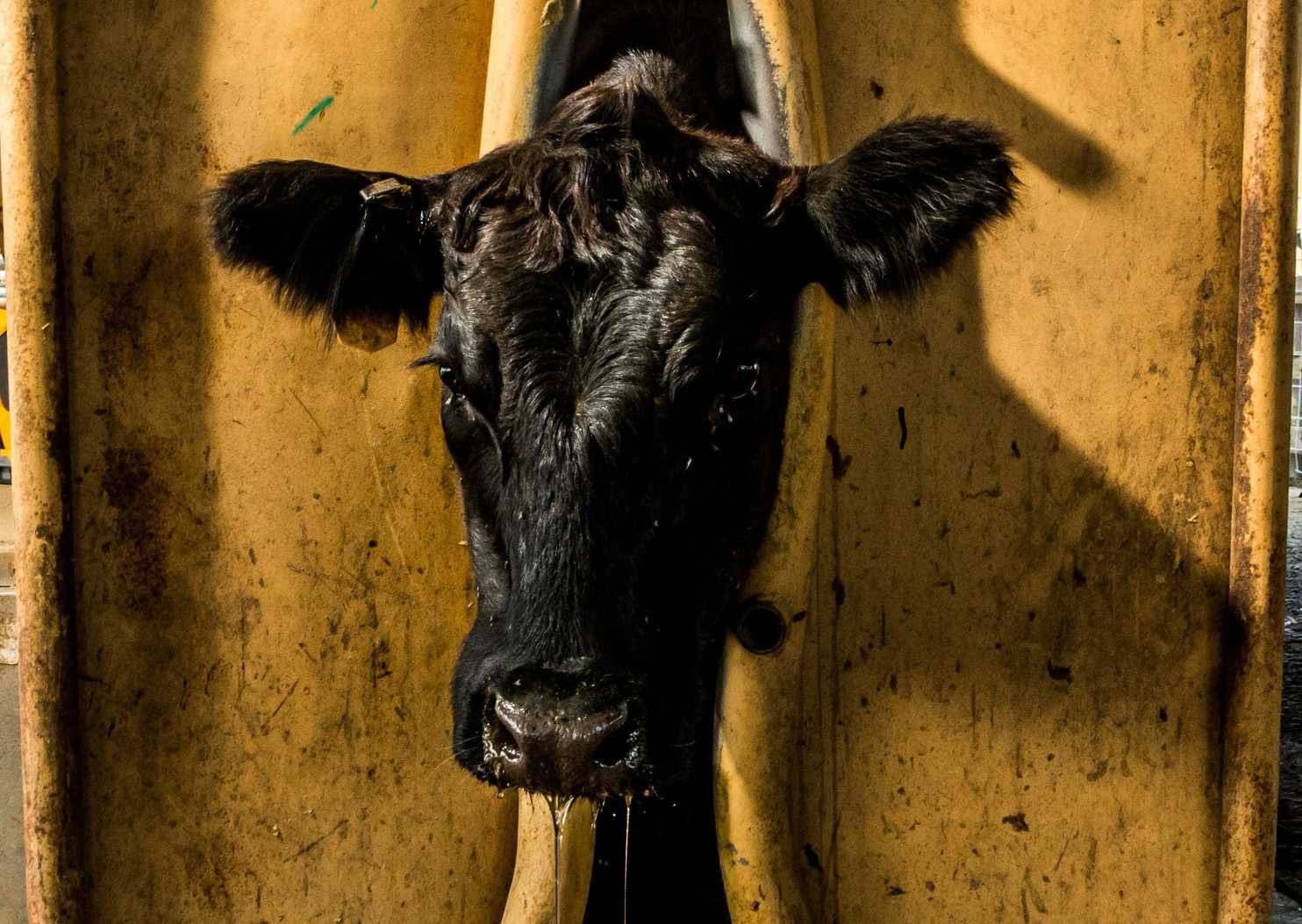
Society and the government aren’t sure what to make of new techniques for animal breeding.

A Dutch couple is traversing Antarctica at 5 miles per hour in their Solar Voyager, which they made from upcycled plastic and solar panels.
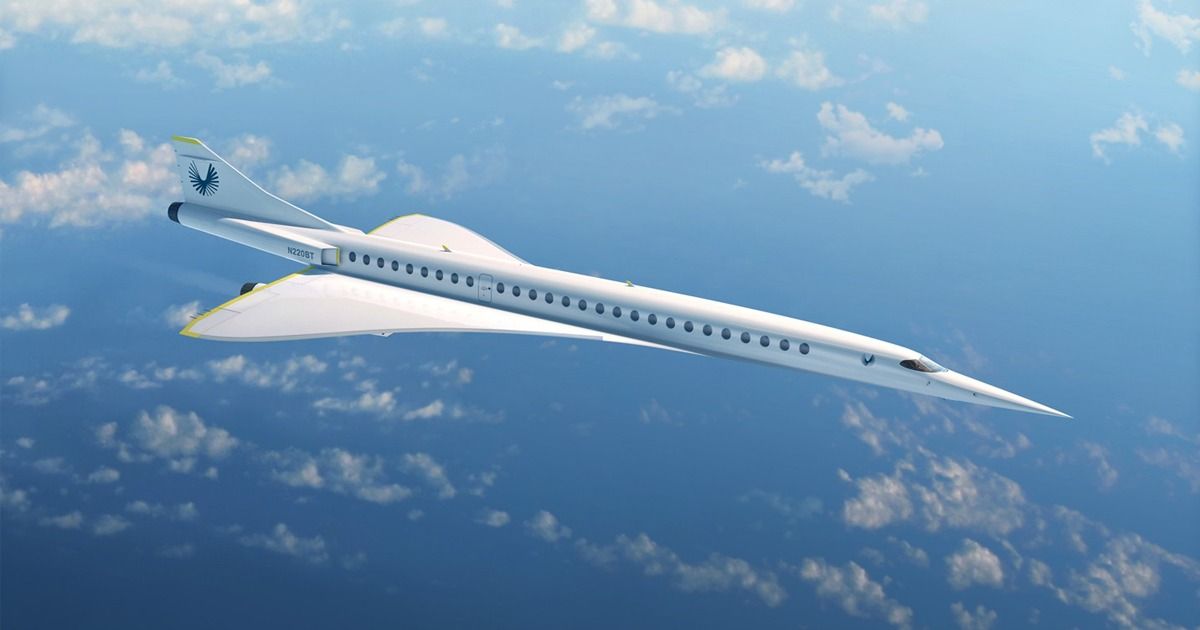
Elon Musk said that he would like for Tesla, the electric car maker, to be able to produce a supersonic plane.
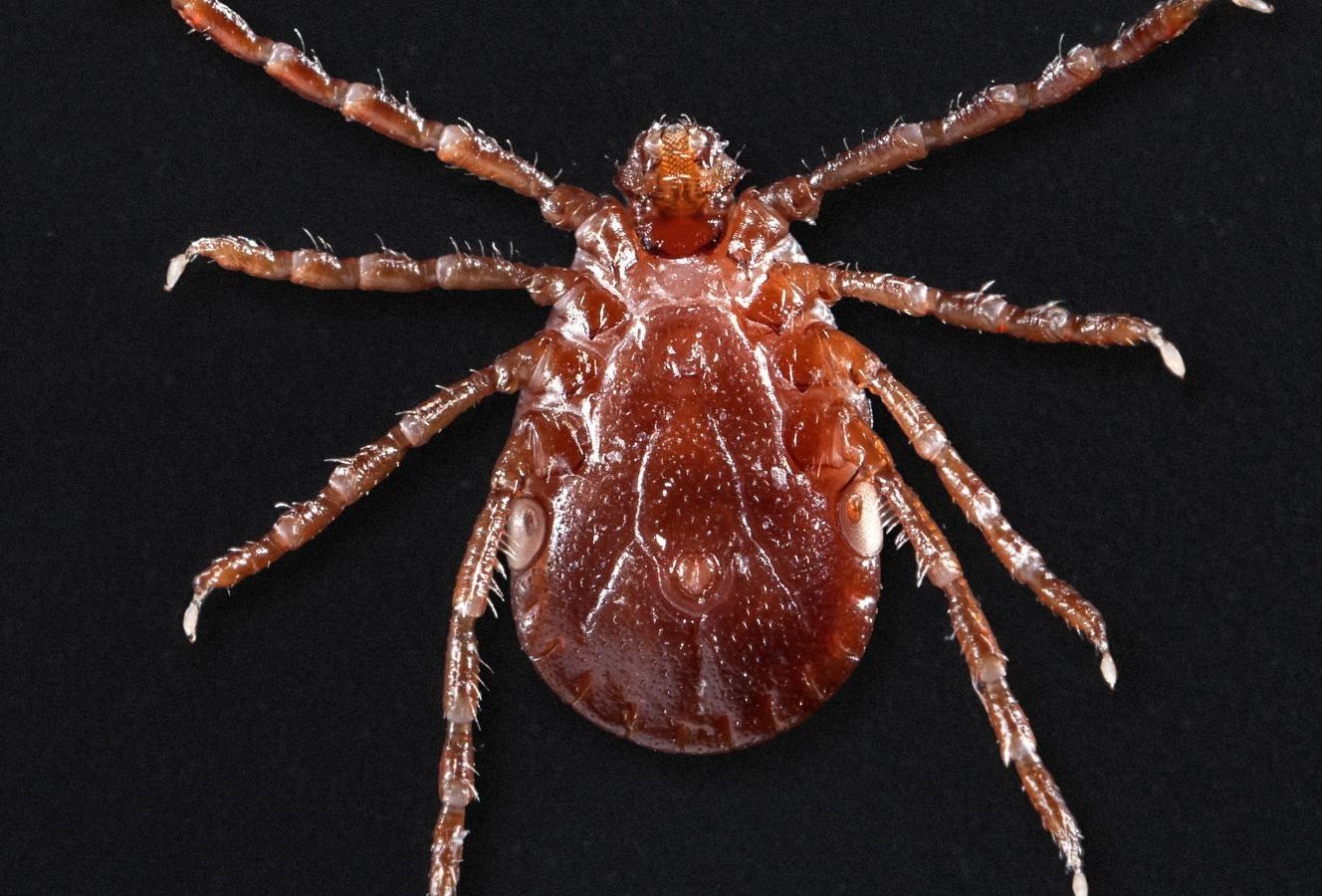
A disease-carrying, newly invasive tick to the United States, the Asian longhorned tick, is poised to spread across much of North America, suggests a new study published Thursday in the Journal of Medical Entomology. According to the study, the tick might be able to live anywhere from Southeastern Canada to most of the eastern half of the U.S. and even parts of the West Coast.
The Asian longhorned tick, or Haemaphysalis longicornis, made an unwelcome splash last year, when researchers and health officials discovered it on a pet sheep in New Jersey. Any hopes that the discovery was an isolated incident faded away this year, with sightings of the tick popping up again in New Jersey and eight other states this past spring and summer (Arkansas, Connecticut, Maryland, New York, North Carolina, Pennsylvania, Virginia, and West Virginia). Since 2017, the tick has been found on pets, farm animals, and at least two people in the U.S., and it’s possible that it might have made its way here at least as early as 2010.